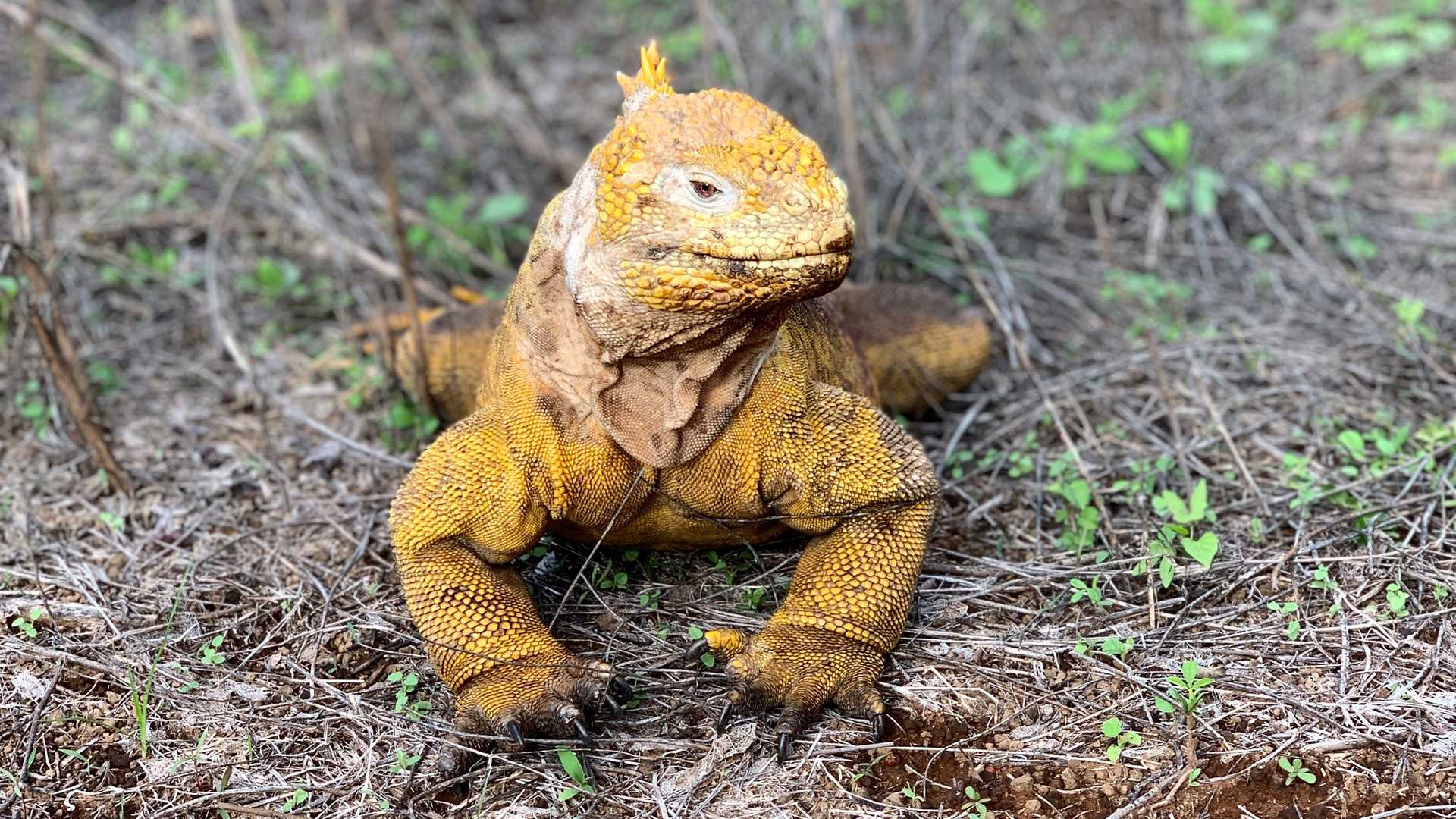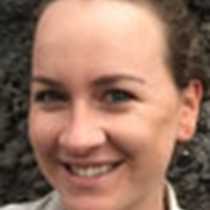Today we explored Bartolome Island. We saw amazing landscapes, like lava flows, parasitic crates, and tuff formations.
From the top of Bartolome Island, we enjoyed the most iconic view of the Galapagos Islands. It was worth it to get up early and hike before breakfast.
Then we had the opportunity to jump in the water for snorkeling and swimming with sharks and Galapagos penguins. Later in the afternoon, we navigated to Santa Cruz Island to visit Cerro Dragon. On Cerro Dragon, we saw land iguanas. They are so brightly colored that it was easy to spot them just next to the trail. It was an amazing day here on the Galapagos Islands aboard National Geographic Islander.







